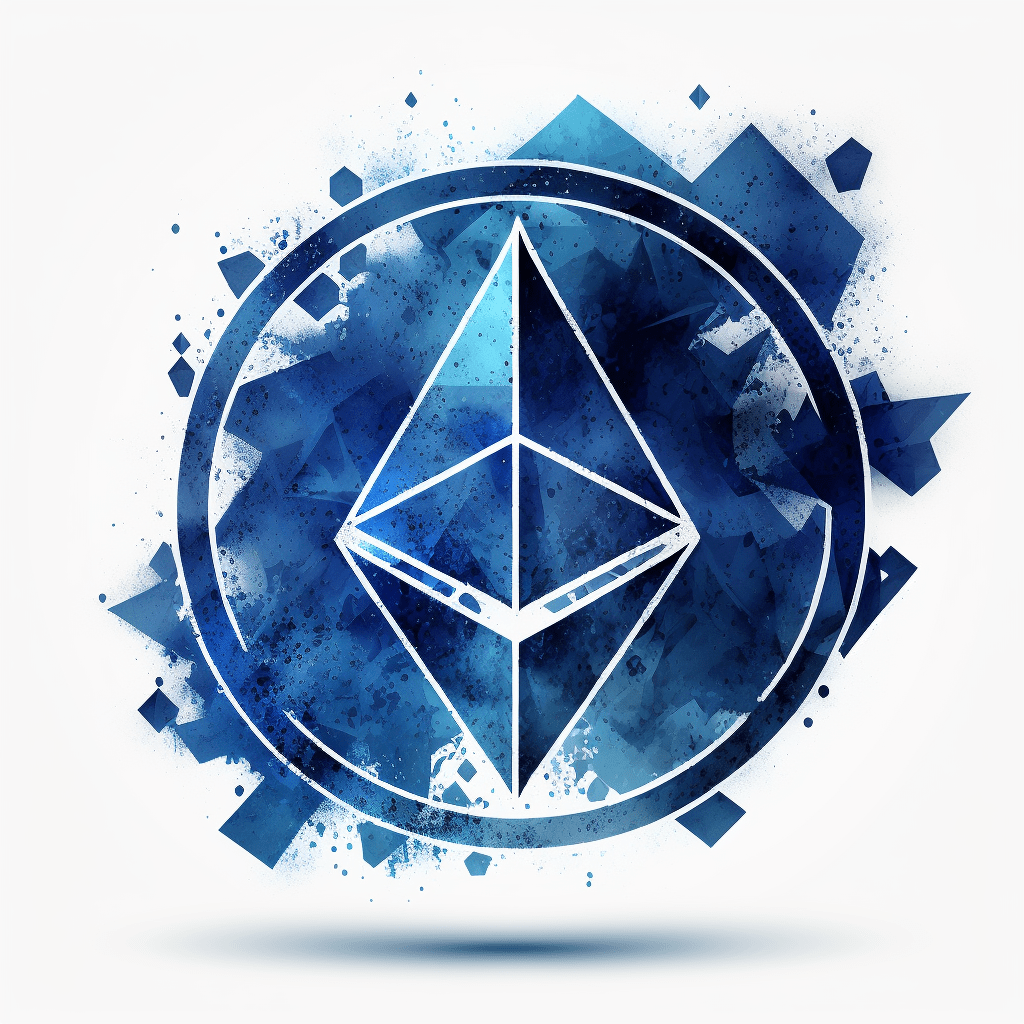Gas fees play a crucial role in the world of non-fungible tokens (NFTs). These fees determine the affordability of transactions, potentially shaping market dynamics and the decisions of creators and collectors. For those transacting in the Ethereum-based ERC721a token standard, understanding the impact of gas fees on overall transaction costs is essential for navigating this rapidly growing NFT landscape. This article examines the role of gas fees in the context of ERC721a tokens, shedding light on how this token standard affects transaction costs and the NFT market as a whole.

The Relationship between Gas Fees and NFT Transactions
Gas fees are an integral part of the Ethereum blockchain, affecting every transaction, interaction, or contract deployment on the network. These fees cover the computational power required for executing and validating transactions on Ethereum. In the case of NFTs, gas fees impact the cost efficiency of creating, transferring, trading, and managing NFTs issued within the Ethereum ecosystem. High gas fees can discourage users from engaging in NFT-related activities, making gas costs a vital consideration for artists, creators, and collectors alike.
ERC721a and Its Effect on Gas Fees
The ERC721a token standard has been developed as a variant of the original ERC721 standard, addressing several efficiency concerns that arise from gas fees. By optimizing smart contract functions for minting, trading, and managing NFTs, ERC721a seeks to reduce the associated gas costs. Some of the improvements and optimizations in ERC721a, aimed at lowering gas fees, include:
- Batch minting: The ERC721a standard supports batch minting, a process that allows for the simultaneous creation of multiple tokens in a single transaction. Batch minting reduces the overall gas costs associated with minting NFTs, enabling creators to issue their works in a more cost-effective manner.
- Batch transfers: Alongside batch minting, the ERC721a standard accommodates batch transfers. This feature allows users to send multiple tokens in a single transaction, resulting in a reduced transaction fee. Batch transfers can be particularly beneficial for buyers and sellers engaging in high-volume transactions or dealing with fractional ownership.
- Optimized smart contract functions: The optimizations in ERC721a smart contract functions can yield significant reductions in total gas fees when compared to the original ERC721 token standard. These optimizations ultimately result in more accessible and affordable NFT transactions, making ERC721a a more attractive choice for creators and collectors.
The Broader Impact of ERC721a on the NFT Market

Through its optimized gas fee structure, the ERC721a token standard can influence the broader market dynamics of NFTs:
- Increased access: Lower gas fees make it more feasible for users to participate in the creation, trading, and management of digital assets. This increased accessibility can, in turn, attract a more diverse range of users to the NFT market, fostering greater inclusivity and innovation.
- Enhanced market liquidity: As transaction costs are reduced, trading volume is likely to increase. When users can easily and affordably trade NFTs, a more vibrant and liquid market is established, contributing to the growth and overall stability of the NFT market.
- Revolutionizing fractional ownership: As previously mentioned, the batch transfer capabilities of ERC721a can drastically reduce the fees associated with fractional ownership transactions. This reduced cost structure may encourage further exploration and wider adoption of fractional ownership models, opening new opportunities for creators and investors.
The Road Ahead: Navigating ERC721a and Gas Fees
As creators, collectors, and investors delve into the world of ERC721a tokens, understanding the implications of gas fees on transaction costs is essential for making informed decisions. By staying informed about the evolving landscape of NFTs and their associated token standards, users can better position themselves for success and confidently explore the opportunities that this growing digital asset ecosystem presents.
Capitalizing on the Advantages of ERC721a and Reduced Gas Fees
As the world of NFTs continues to evolve with the emergence of new token standards like ERC721a, users must adapt and capitalize on the advantages these innovations offer. By understanding the impact of gas fees on transaction costs and the efficiencies provided by ERC721a, creators and collectors alike can optimize their strategies and better position themselves for success in the growing digital asset market.
Harnessing the Potential of ERC721a for a Brighter NFT Future

Navigating the dynamic and ever-changing landscape of NFTs requires staying informed of the latest advancements, like the ERC721a token standard. By understanding the influence of gas fees on transaction costs, users can make more informed decisions and more confidently participate in the burgeoning world of digital assets and blockchain technology.
